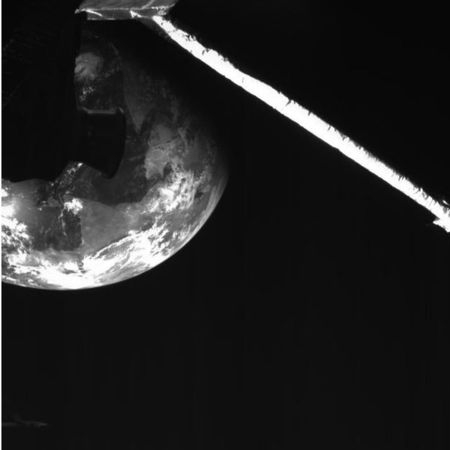Economy crashes in March due to Wuhan lockdowns
Never let a crisis go to waste: Retail sales in March dropped a record 8.7%, almost entirely due to the nationwide lock downs and business closures imposed by the government on what government officials have arbitrarily determined are “nonessential” businesses.
The Census Bureau said though “many businesses are operating on a limited capacity or have ceased operations completely,” it had “determined estimates in this release meet publication standards.”
Last month’s decrease in retail sales reflected depressed receipts at car dealerships, with light vehicle sales crashing in March. With millions at home and crude oil prices collapsing amid worries of a deep global recession, gasoline prices have dropped, which weighed on sales at service stations in March.
In addition, the closure of non-essential retailers knocked sales at clothing, sporting goods and furniture stores.
There were also steep declines in receipts at restaurants and bars, which stopped in-person service and moved to take-out and delivery service. Though some businesses, including restaurants, have shifted to online sales, the volumes were insufficient to close the gap from social distancing measures. [emphasis mine]
I wonder if the families that run these “non-essential retailers” consider their livelihoods to be “non-essential.” Somehow I don’t think so.
Never let a crisis go to waste: Retail sales in March dropped a record 8.7%, almost entirely due to the nationwide lock downs and business closures imposed by the government on what government officials have arbitrarily determined are “nonessential” businesses.
The Census Bureau said though “many businesses are operating on a limited capacity or have ceased operations completely,” it had “determined estimates in this release meet publication standards.”
Last month’s decrease in retail sales reflected depressed receipts at car dealerships, with light vehicle sales crashing in March. With millions at home and crude oil prices collapsing amid worries of a deep global recession, gasoline prices have dropped, which weighed on sales at service stations in March.
In addition, the closure of non-essential retailers knocked sales at clothing, sporting goods and furniture stores.
There were also steep declines in receipts at restaurants and bars, which stopped in-person service and moved to take-out and delivery service. Though some businesses, including restaurants, have shifted to online sales, the volumes were insufficient to close the gap from social distancing measures. [emphasis mine]
I wonder if the families that run these “non-essential retailers” consider their livelihoods to be “non-essential.” Somehow I don’t think so.








